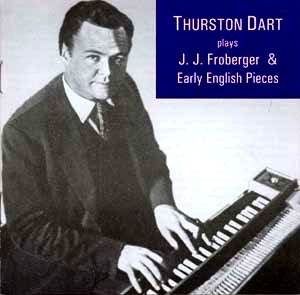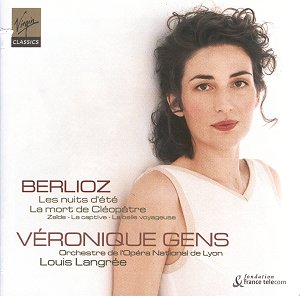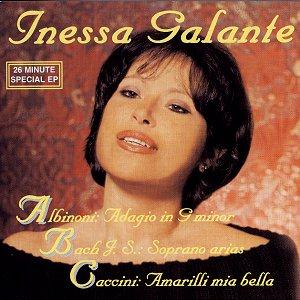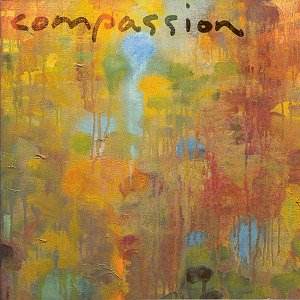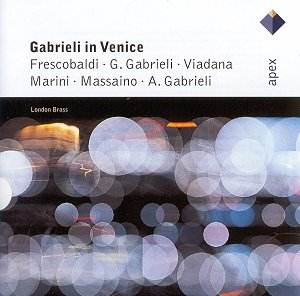 Composer: Giovanni Gabrieli
Composer: Giovanni Gabrieli
Works: Canzon Duodecimi Toni a 10, Canzon Septimi Octavi Toni a 12, Sonata Pian’e Forte, Canzon Seconda a 4, Sinfonia “La Bergamasca” (Lodovico Viadana), Canzon III (Biagio Marini), Sonata in Echo (Biagio Marini), Aria della Battaglia (Andrea Gabrieli), Canzon XXXIII per otto tromboni (Tiburtio Massaino), Canzon Vigesimanona a 8 (Girolamo Frescobaldi), Canzon a 4 (Girolamo Frescobaldi), Sonata XXI a 3 (Giovanni Gabrieli), Canzon Septimi Toni a 8 (Giovanni Gabrieli), Canzon XVI a 12 (Giovanni Gabrieli), Canzon XVIII a 14 (Giovanni Gabrieli)
Performers: London Brass, directed by Philip Pickett
Recording: St. Augustine’s Church, London, October 1993
Label: Apex
The music of Giovanni Gabrieli, a luminary of the Venetian school, embodies the vibrant polychoral traditions of the late Renaissance, celebrated for its intricate counterpoint and rich sonorities. This collection, under the auspices of London Brass and directed by Philip Pickett, showcases a selection of Gabrieli’s works alongside compositions from contemporaneous and predecessor composers, effectively illustrating the profound tapestry of 16th- and early 17th-century Venetian music. The disc presents a compelling reflection of the grandeur and complexity that characterized the sound world of St. Mark’s Basilica, serving both as a tribute to the monumental achievements of Gabrieli and as a broader exploration of the brass repertoire of the era.
London Brass offers a refreshing interpretation that balances historical authenticity with modern virtuosity. The absence of ostentatious display in their playing stands out, allowing the music’s inherent beauty and intricacy to shine through. Notably, the opening piece, Canzon Duodecimi Toni a 10, is executed with remarkable precision, where the ensemble’s mastery of dynamic contrast and articulation creates a strikingly vivid soundscape. The ensemble’s restraint in the Sonata Pian’e Forte, marked by its stately demeanor, encapsulates the essence of Gabrieli’s compositional style—richly textured yet disciplined, a reflection of the ceremonial nature of its intended performance setting.
The recording’s engineering merits commendation, particularly in the resonant acoustic of St. Augustine’s Church, which enhances the blend of timbres without overwhelming clarity. The intricate rhythmic patterns of the music are rendered with admirable lucidity, allowing the listener to appreciate the composers’ meticulous attention to detail. The balance between instruments—particularly the use of the contra-bass trombone in Tiburtio Massaino’s Canzon XXXIII—provides an organ-like depth that enriches the overall texture, while Biagio Marini’s Sonata in Echo showcases delightful dialogue between instruments, effectively evoking the grandeur of its historical context.
Contrasting with other recordings of Gabrieli’s works, this disc emerges as a notable contender, particularly for its interpretative choices. While some may favor performances that lean toward flamboyance, this recording’s no-frills approach aligns more closely with the music’s original intentions. The spirited yet graceful execution of Canzon Septimi Octavi Toni a 12 serves as a testament to this philosophy, where dance-like rhythms are captured with infectious energy. Philip Pickett’s editorial contributions, especially in the Aria della Battaglia, breathe life into the rhythmic dynamism of the piece, notwithstanding the comparative lack of ingenuity when placed against Giovanni’s more celebrated oeuvre.
The amalgamation of these works not only highlights the brilliance of Gabrieli but also the richness of the Venetian brass tradition that inspired him. The ensemble’s assuredness, coupled with the thoughtful direction of Pickett, results in a compelling and coherent listening experience. This disc is poised to offer both pleasure and enlightenment, serving as a valuable addition to the repertoire of brass music and Renaissance composition alike. The value it provides at a budget-friendly price further enhances its appeal, making it an essential recording for enthusiasts of the genre.
